Why stay home when you can see the world and be Gluten Free.
I love to travel. I was fortunate to be exposed to it at a young age, traveling with my family. My middle and high school loved learning outside of the classroom and offered a lot of amazing travel opportunities that I took advantage of: many wilderness trips, class retreats to the San Juan Islands, Ashland OR Shakespeare Festival, and even a two month stay in Indonesia. I’ve traveled with friends and on my own; which I still love to do. Now, I’m able to travel with my family and can show the kids how different and how similar cultures can be. The challenge is that no matter where we are or where we go we need to eat and it has to be Gluten Free. There is more stress and anxiety when we leave the comfort of our house, but I’ve learned that the excitement of traveling and seeing something new is worth it. With some extra planning, it is possible to travel and maintain a Gluten Free diet.
When we received our daughter’s Celiac Disease diagnosis, one of my first worries was about what our and her future travel life would be like. Ironically, it was mid January, 10 years ago, and we were on vacation in Hawaii when I received the call from her pediatrician with her blood test results. It was positive for Celiac, her numbers were off the charts. I was also told that she had to keep eating Gluten for her Endoscopy procedure three weeks later. This was the last time, in her life, that she, and we, would ever travel without food worry. It had already become challenging to feed her foods with Gluten, because she was naturally listening to what her 20 month old body was telling her. So, I went against what a lot of mothers of very young kids do and I introduced her to ketchup. That was the only way she would eat the fries that came out of the shared fryer. I also let her eat the cashews that she picked out of the bar snacks; they were covered with pretzel dust. It was a bitter sweet vacation; we had an answer to why she was sick and a solution, but she was very sick and we had to keep her sick. The minute I was allowed to change her diet to Gluten Free I did, but how would she eventually be able to experience distant travel or even a weekend away from our house?
In looking back, I can see that we did take a break from the type of travel that we had done before her diagnosis, but there were a lot factors that could have attributed to the decrease in travel. It can be challenging to travel with young children. I was pregnant with our second then our third child. But, honestly, I was nervous and overwhelmed. I didn’t feel confident in my ability to keep her safe outside our house, I didn’t know how to be away from our kitchen for more than a couple days. But, I couldn’t stop traveling forever and I wanted to show my kids the world. I also wanted and want to show my daughter that having Celiac Disease doesn’t mean she has to stay home. So, a few years ago I began to figure out the best way for us to visit new places and be Gluten Free. It takes extra planning and there are places that are harder to visit and eat without being Glutened, but it is possible and is even easy in some places to eat Gluten Free. (Italy, we love you!)
Right now, because of the Coronavirus, traveling is extremely restricted. Knowing that I’m not allowed to travel causes me to focus more on all the places that I would love to visit but can’t; you always want what you can’t have, right? But, being forced to stay home does create the perfect opportunity to research, plan and figure out your GF travel system. The travel restrictions will lift and when they do you’ll be ready to go.
Here are a few ideas for traveling while living Gluten Free:
1) Gluten Free Travel apps on your phone and websites on the internet are great tools: Find Me Gluten Free, the Nima Sensor’s app (see more discussion about Nima below), the Gluten Free Scanner for when I’m in US grocery stores, Google and general restaurant review sites like Yelp. I find that I use Google when label reading and Yelp to help cross reference when I’m learning about a restaurant that may not be on the Find Me Gluten Free app. These apps and services help me navigate the best Gluten Free options for our family. I feel very fortunate and grateful that these tools exist because I remember what it was like without them, not as easy. Fortunately new apps and resources are continually popping up, so keep your eyes out for them. I’m looking at and playing around with a couple new travel and ingredient analyzing apps, I will report back when I’ve spent more time with them.
2) When traveling in a foreign country and you don’t speak the language you can use a pre-translated Gluten Free/Celiac Information card. I’ve used the cards from Celiactravel.com. There are other GF translation cards out there, you just need to search for them. Along with the translated card, it is helpful to know how to say “Gluten Free” in the languages of the countries that you are visiting.
3) Five star hotels and resorts tend to have the knowledge and ability to provide Gluten Free food options, mainly because meeting the needs of their customers and providing excellent service is what they do. They are not overwhelmed by the task of keeping you safe and well fed. That being said, staying at Five Star Hotels and at the best All-Inclusive Resorts can be expensive and not within your budget. One way to experience their knowledge and to feel well taken care of, even pampered, without staying at the hotel/resort, is to have a meal there. For example, we recently stayed in a rented house on a beach in Mexico, 20 min away from The Four Seasons Hotel. I didn’t want to cook 100% of our meals and we also wanted to have a fancy night out, so we made dinner reservations at one of the The Four Seasons restaurants. When I called to make the reservation, the concierge was very thorough when speaking with me about our Gluten Free needs. She asked and made notes about the severity of my daughter’s reaction, even wanting to know the names and ages of all three kids. I was clear with her about my daughter’s needs, that almost of us are also Gluten Free, but included that my son would probably want to have something that contains Gluten. I felt that she wanted to make sure that we would have an amazing experience. When we arrived at the restaurant, our waiter knew about our Gluten Free needs and let us know which dishes were, or could be made, Gluten Free. The kitchen cooked a successful and yummy Gluten Free meal for four of us (including french fries) and a Gluten-filled mac-n-cheese for my son. When we left to go back to our house we were happy, well fed, full and felt well taken care of.
4) If it is within your budget to stay at a Luxury or All-Inclusive Resort, definitely try to make it happen. It isn’t very often that travel, eating out and being Gluten Free is easy, but there are All-Inclusive and Luxury Resort options all over the world that will serve you and serve you well. One aspect of going on a vacation is to feel like you get a break from your day to day life. A huge part of day to day life with Celiac Disease and living Gluten Free is cooking, planning, researching and more cooking. More and more places are offering amazing Gluten Free options so that you can have a real break from your day to day life. A quick search will provide you with current reviews of places that can serve your Gluten Free needs, even Disneyland!
5) Rent a place that has a kitchen, this is what we do most of the time. Having access to your own kitchen really makes it a lot easier to stay safe from Gluten while traveling, especially in places where it’s hard to find GF food options. It is also much kinder to your pocketbook. Eating out every meal adds up cost wise and also increases the chance of being Glutened from cross-contact. When you have access to at least a refrigerator and microwave (and ideally a stove, oven and BBQ) you can pick up GF food supplies from the grocery store. What I really love to do is visit local farmers markets to pick out what is fresh and from the region. A couple times the places we’ve rented actually had their own little gardens that we were allowed to pick from; which was amazing. Another reason to rent a place is that you usually end up with more space than if you were in a hotel; this is a huge bonus, when you need more than one room.
6) Create a “To Go” kitchen. I don’t trust other people’s cutting boards or other cooking tools; which means I need to bring my own when we rent a place. Most of the pots, pans and other kitchen tools in my kitchen are way too big, bulky and heavy to pack, so I invested in pots and pans designed for camping. The pots and pans have removable or folding handles and nest within each other, saving space. I found super thin and light cutting boards that are stored within a zipping storage bag that can also hold a knife, spatula, wooden spoon, sponge and a couple extra kitchen towels. I also include collapsible strainers and a steamer. Since this is not a carry-on bag and have the space, I also pack packaged GF food. This is great when traveling with kids to places with food flavors that they aren’t used to. Sometimes the kids, and even adults, want to have a meal that feels and tastes like home.
7) I bring our Nima Sensor.* I know that there is controversy over this product, but we love it. It isn’t perfect, but it has detected Gluten from cross-contact in food that we thought would be safe (for example, roasted potatoes in Italy that were cooked separately and the first and second attempt at a burger without a bun in a San Diego restaurant). While I would love to be able to trust all restaurants to prepare safe GF food, I can’t. So I use every tool I can to help ensure that our food is safe. The Nima Sensor is one of those tools. The Nima Sensor has also helped us to test packaged food that doesn’t contain Gluten ingredients but has been processed on shared equipment and/or when the labels are in a different language. In addition to the sensor itself, I can look in my Nima app and/or Nima Facebook Group to find out what other Nima users’ experiences are at places and with products all over the world. As I mentioned, some people don’t like the Nima Sensor and some love it; it’s up to each person to decide if they want to use this tool or not—no judgment.
Safe Travels Everyone!
*I am not affiliated with The Nima Sensor company, I’m just letting you know what we do when we eat out while traveling or when we try to a new restaurants and food at home.
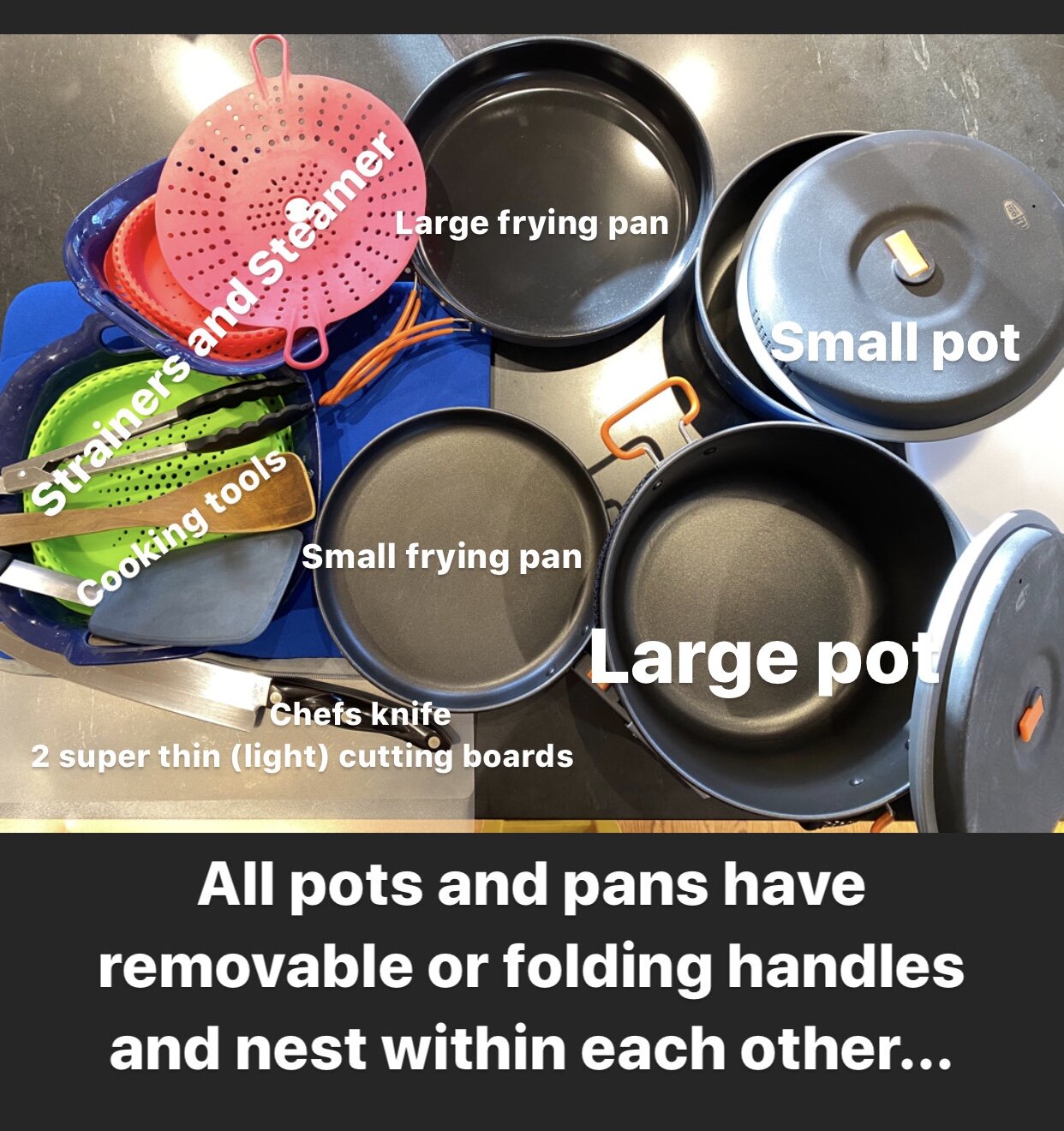
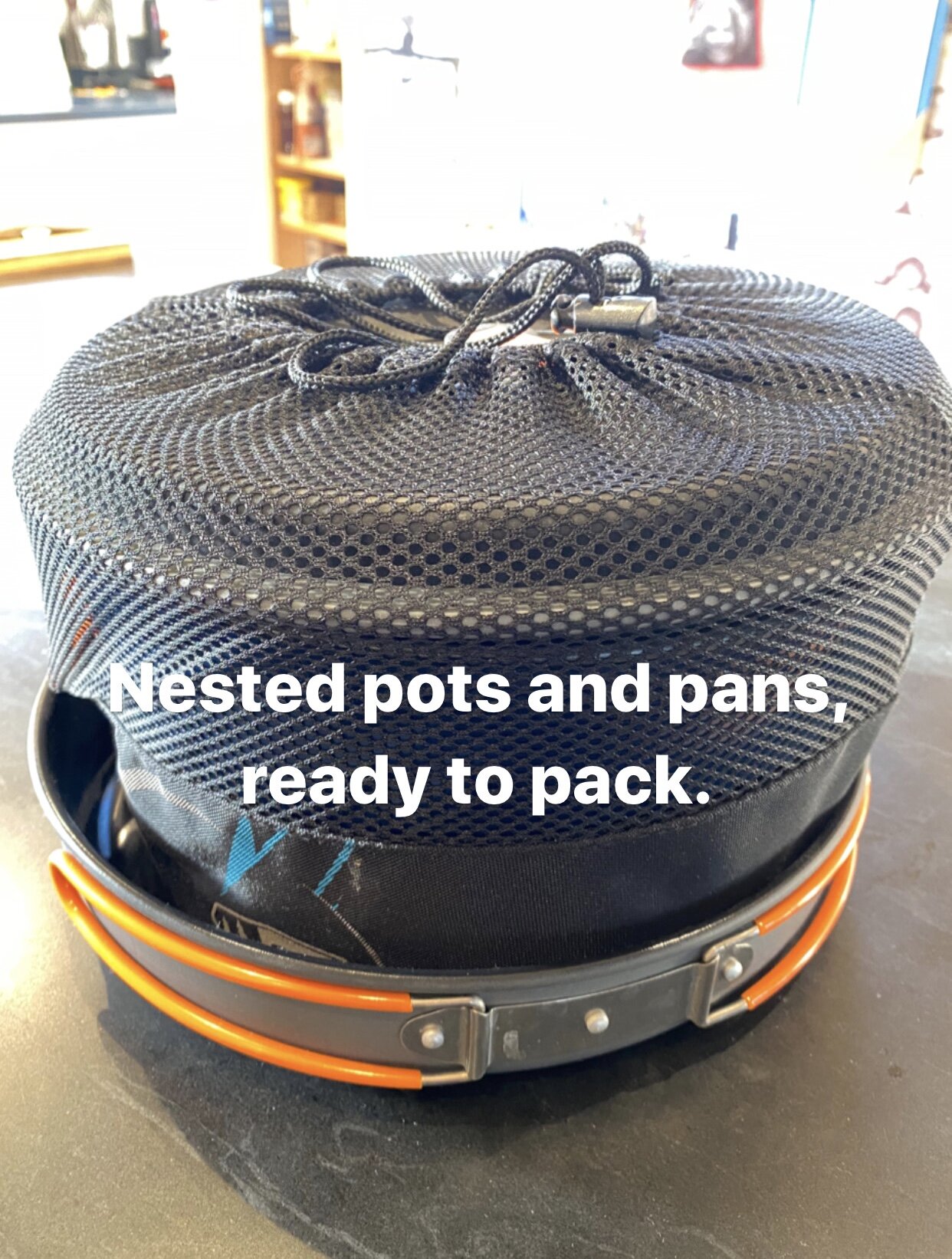
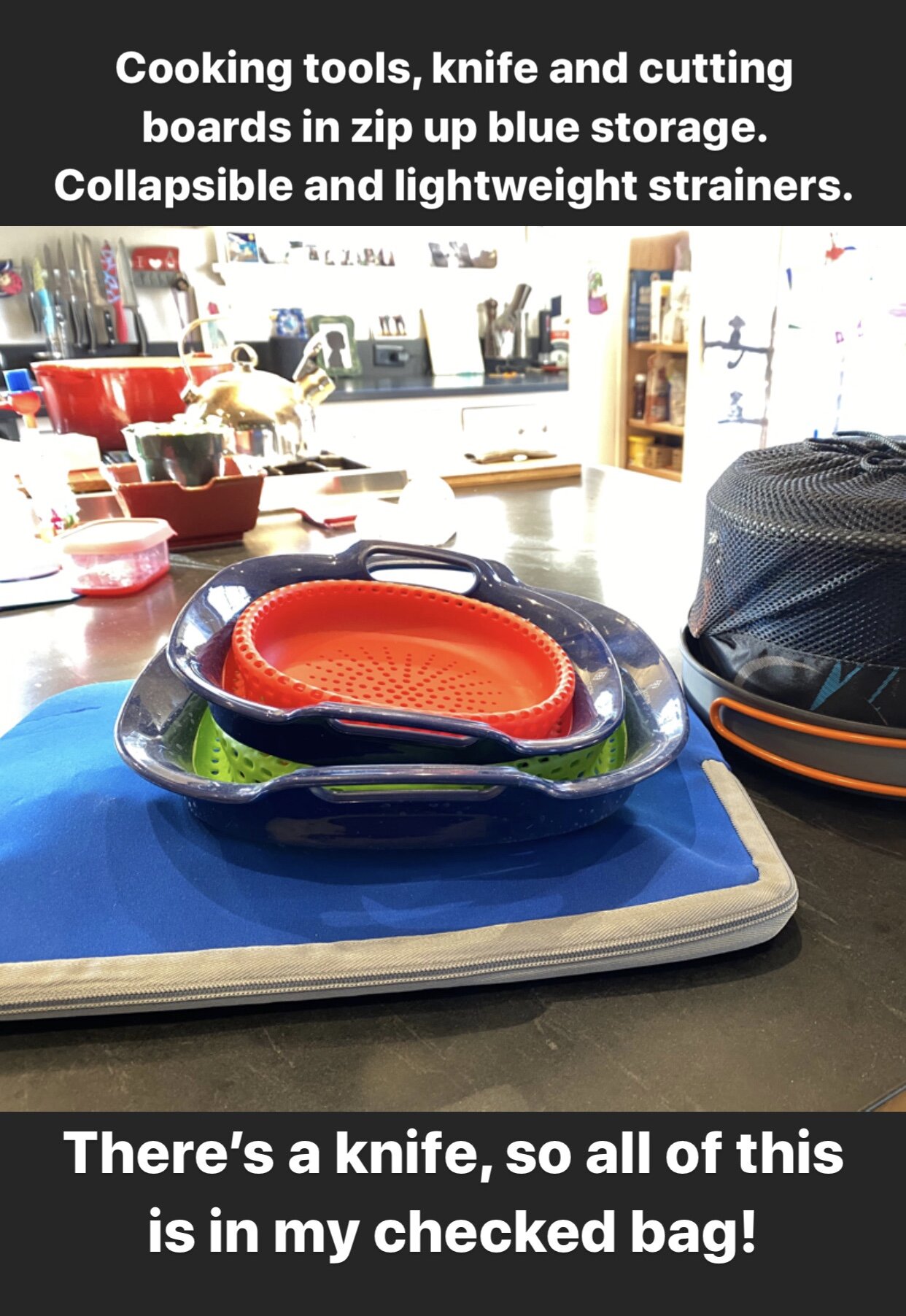
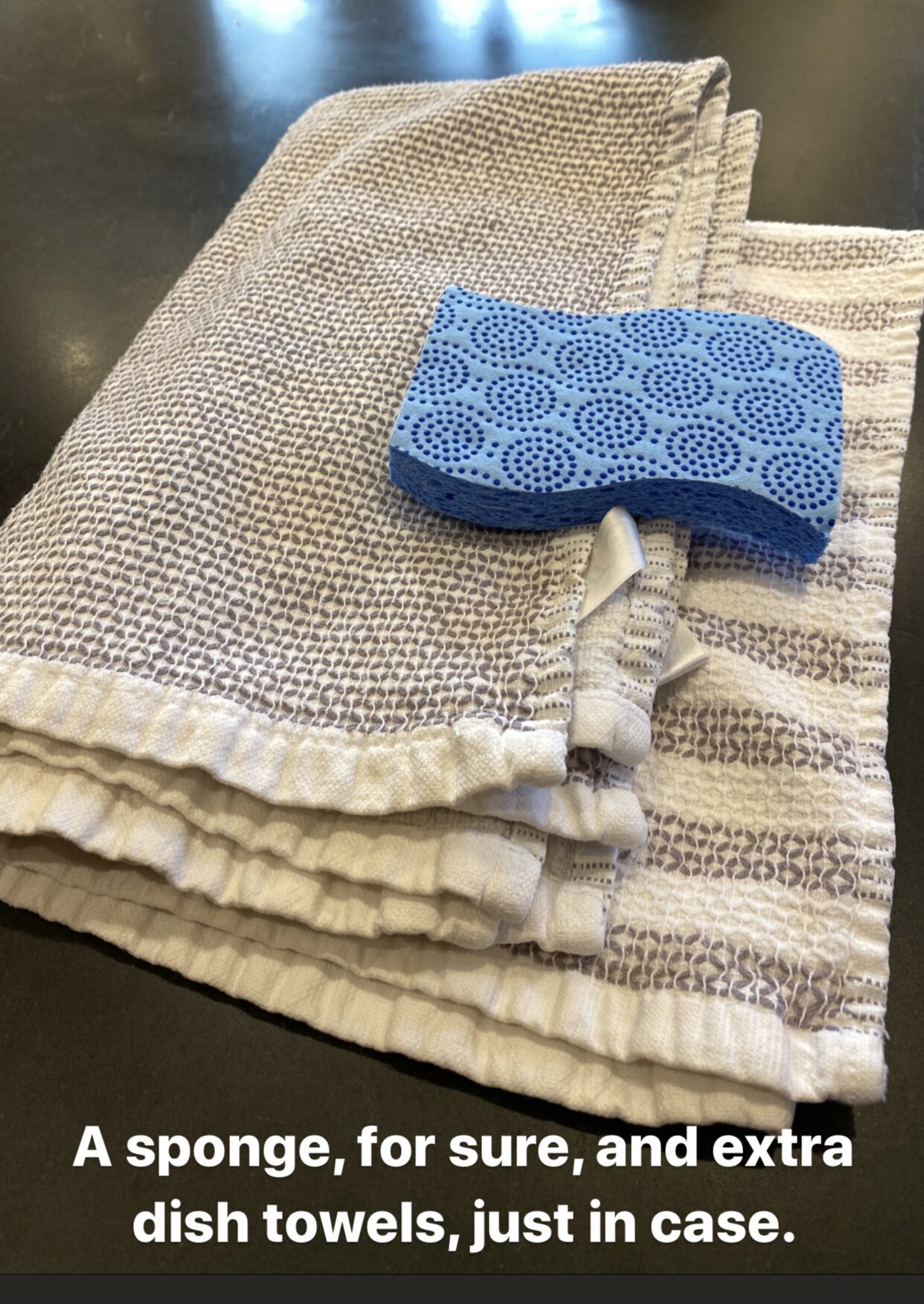
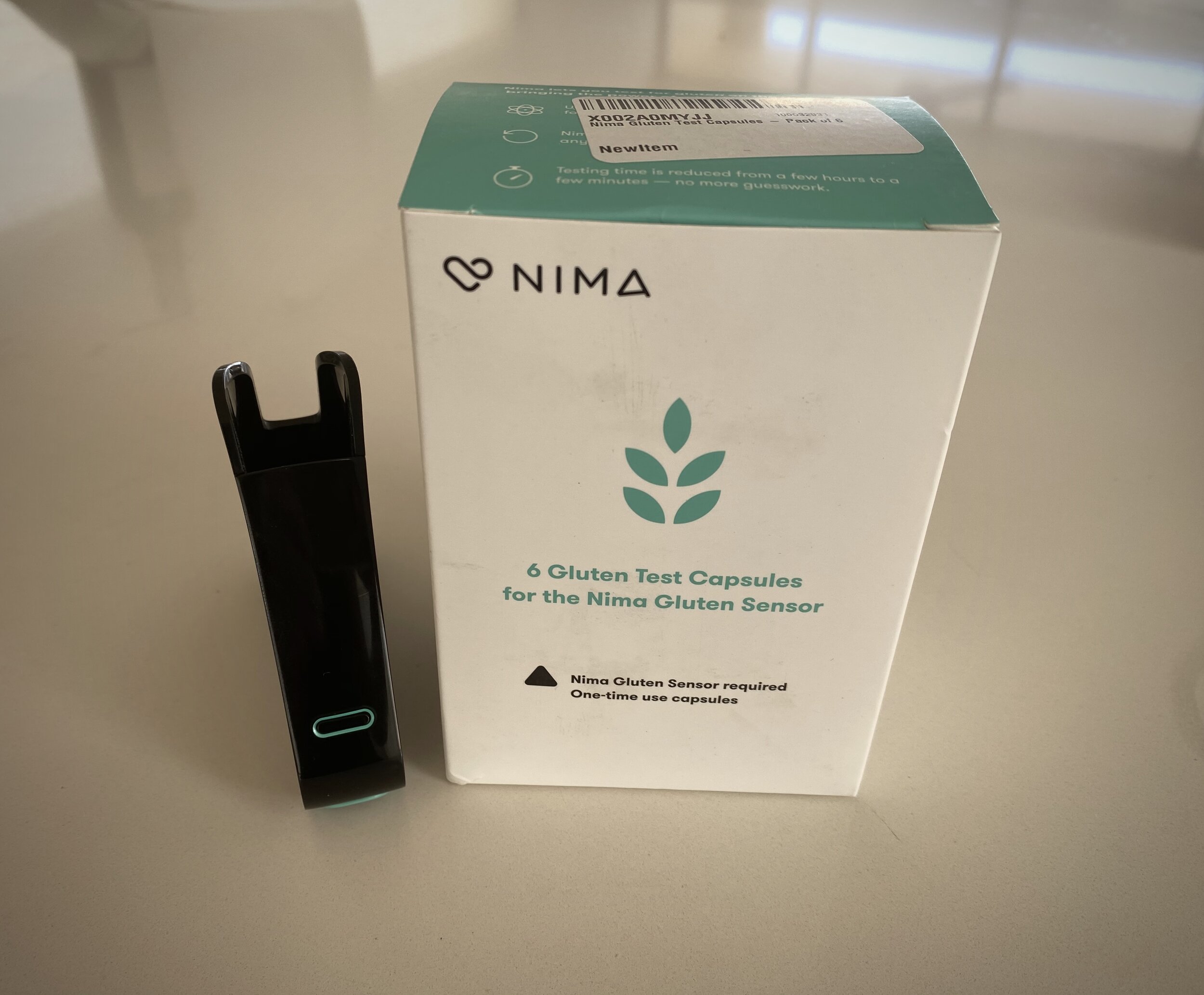
Disclaimer:
While we have nearly ten years’ experience of navigating the world as the parent of a child with Celiac Disease, we are not physicians, nutritionists, or other licensed medical professionals. The material and content contained in the Services is for informational purposes only and are not intended to serve as a substitute for consultation, diagnosis or medical treatment by a licensed medical professional. Please consult your doctor for any medical or health-related questions. The information contained in the Services should NOT be used to disregard medical or health-related advice from a physician or licensed medical professional.




